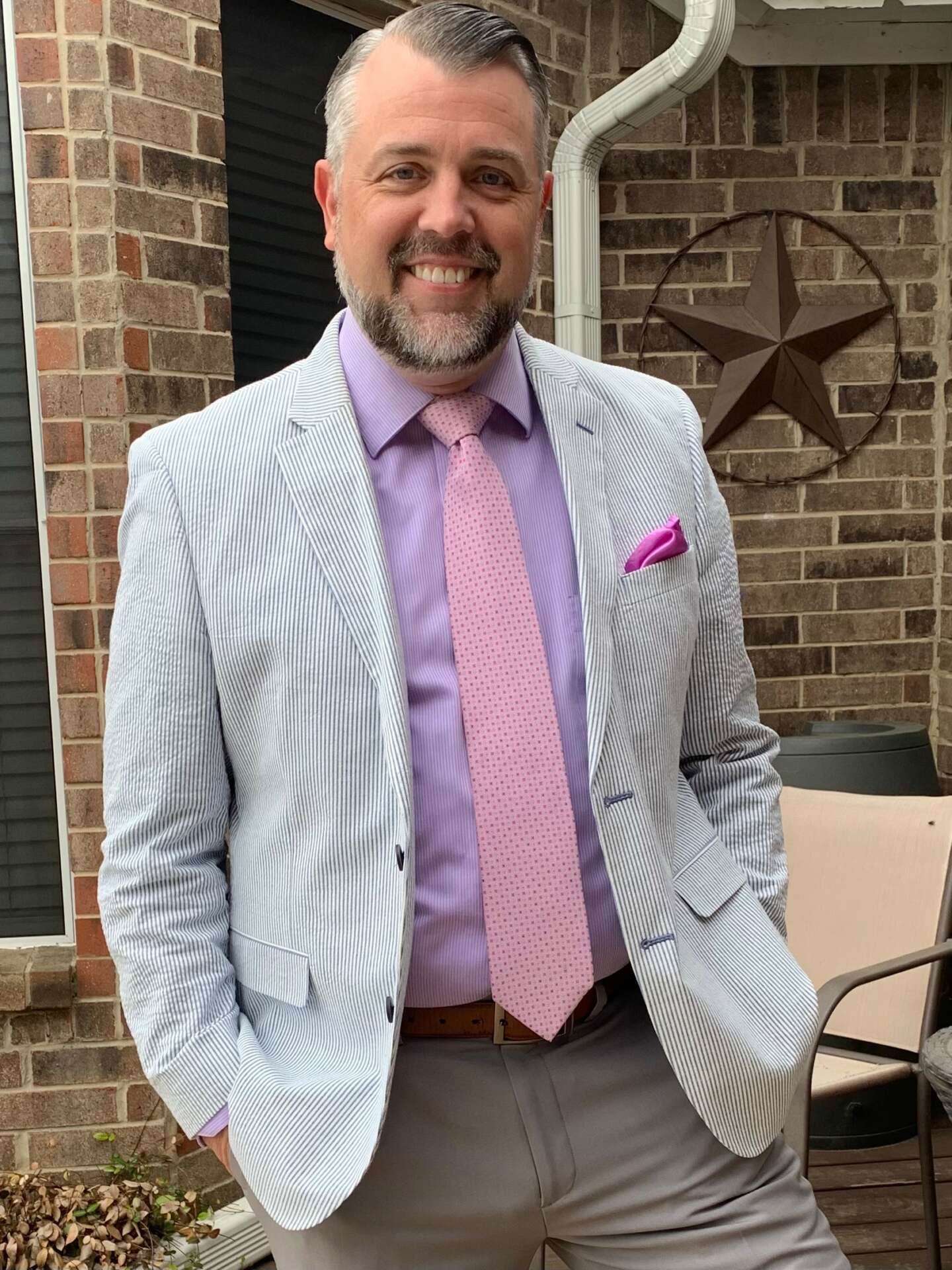We were lucky to catch up with Michael May Ph.D., BCBA-D, LBA recently and have shared our conversation below.
Alright, Michael thanks for taking the time to share your stories and insights with us today. We’d love to hear the backstory behind a risk you’ve taken – whether big or small, walk us through what it was like and how it ultimately turned out.
I graduated with my doctoral degree from Vanderbilt University and began my academic career as an assistant professor in special education and behavior analysis at Southern Illinois University Carbondale in 2007. I met my wife during this time and we got married in 2011. I was granted tenure in 2013 and continued serving as an associate professor in special education and behavior analysis. It would have been easy enough to stay put raising our two children in a small college town, however an opportunity presented itself for me to start an inaugural Applied Behavior Analysis department in Richardson, TX for The Chicago School in 2018. We made the decision to move our family from “Small Town USA” to a sprawling metropolis, away from family, friends, and everything we knew at the time. It was a bigger risk for me, coming from mostly rural areas growing up well into adulthood. My wife was from the Chicago suburbs, so Dallas was not a huge change in population density for her. For her, it was more about family being even further away than the 5.5 hour drive from Carbondale to northern Illinois on Interstate 57. The DFW location was the newest location for The Chicago School. The Chicago School is a private, non-profit institution training next generation psychologists, counselors, and behavior analysts to provide culturally competent integrated healthcare services and organizational solutions to meet the needs of clients, develop innovative approaches to helping people achieve health and wellness, and have an impact on the communities they serve. The faculty, including myself, have extensive clinical and consulting experience with a variety of populations; from children to adults, and small businesses to non-profits, and agencies serving people with exceptional needs. I believe in the mission of The Chicago School and saw the opportunity to start an Applied Behavior Analysis department to train future clinicians in the greater DFW area as something that would reflect my own personal values and the values of The Chicago School. Of course it was a risk to move that far away from family to a place we did not know, to a market that required extensive grass roots efforts to meet constituents from many diverse backgrounds, and to get the word out that The Chicago School was opening its doors to accept students wanting to study Applied Behavior Analysis. The risk turned out to be quite a rewarding experience. I started as the department chair and associate professor, established the fastest growing ABA program at The Chicago School, got promoted to full professor, and selected to be the division chair overseeing opportunities for growth for our online campus, Chicago, Los Angeles, San Diego, Anaheim, and Washington, D. C. as we reorganized into a College of Graduate and Professional Studies. On the less successful side, my wife’s family (literally her mother, father, grandmother, grandfather, two sisters and their families, a brother and his family, all moved to Austin the year after we took the risk and moved to Texas. And now they are even closer than they were in Illinois!!
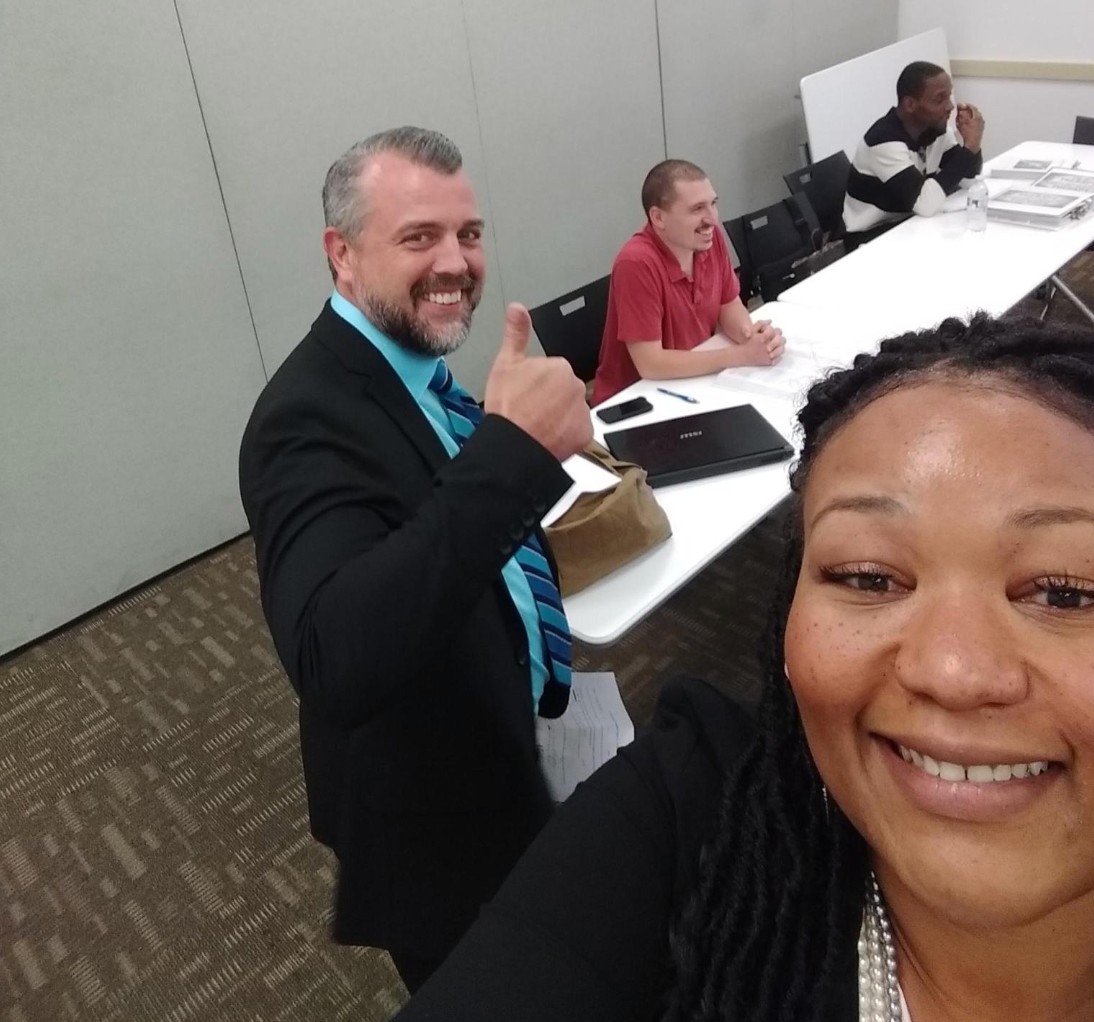

Great, appreciate you sharing that with us. Before we ask you to share more of your insights, can you take a moment to introduce yourself and how you got to where you are today to our readers.
I’ll start by describing what it is that I do. Applied behavior analysis is a systemic approach to identifying variables that influence why a person behaves the way they do under a variety of situations. The goal is to identify the “signals” or “triggers” in the environment that indicate to a person their behavior may result in a consequence that gets them access to something they want (e.g., something pleasant or removing something unpleasant), or their behavior will result in a consequence that decreases the likelihood that behavior would be successful if they continued to do it. People who receive proper training can then be credentialed as a board certified behavior analyst, and in some states these analysts are regulated by licensure standards. I first learned about behavior analysis when I graduated with my bachelor’s degree in Psychology. I attended my graduation and then drove home afterward. Early the next morning my father came into my room after getting home from work and instead of congratulating me on my achievement, his first words were, “Good morning, when are you going to look for a job?” Not a greeting I was expecting so I drove back to the little college town I graduated from and got an apartment. The first job I took was at an acute head trauma facility where I was hired to re-train people with acquired head injuries some of the skills they lost after an accident. Skills such as hygiene, shopping, money management, planning social events, or preparing simple meals were re-trained so they could integrate back into the real world as independently as possible. I heard one of the clinicians talking about behavior intervention plans for some clients who struggled with social interactions and often engaged in aggressive behavior during conflicts. There was a term I hadn’t heard before, “behavior analysis.” I inquired from the clinician about behavior analysis and he pointed me to a training program at the university across the street from this facility. Little did I know at the time it was the oldest behavior analysis program in the country. My next job was as a research assistant using behavior analysis strategies to train parenting and child management skills to adults who were indicated for abuse or neglect with child protective services. It was a court ordered program and we taught a variety of skills, including social interactions, setting up routines around times children typically have difficulty staying on task, and playtime routines to enhance positive parent-child interactions. In some cases, children were reunited with their parents after our training; in other cases they remained in the home as a result of completing the training. This is where I learned quite a bit about training, interacting with the community, how poverty plays a role in abuse and neglect, and the challenges of being a clinical staff working with families that may nor may not want you around. As with any recent graduate from a master’s degree program, I was lured by the prospect of a salary considering I was eating Raman noodles as a poor graduate student. My first job as a board certified behavior analyst was at Clover Bottom Developmental Center in Nashville, TN. I worked primarily with adults with intellectual disabilities and co-occurring mental health disorders. I conducted behavior assessments and wrote behavior intervention plans as part of a therapeutic environment that enhanced independent skills and reduced challenging behaviors that prevented them from having successful interactions with peers. This involved training direct care staff to implement these plans and work with a psychiatrist to monitor medication effects as behavioral interventions were implemented successfully (or unsuccessfully). I was still interested in doing research in the field of behavior analysis so I left that experience and attended Vanderbilt University, where I held several positions for work in addition to completing my doctoral studies. I was occasionally called upon to provide expert witness testimony in due process hearings for disputes between parents and school districts, and occasionally consulted with schools on severe behavioral outbursts in identified students as part of due process cases. I was a research assistant working in a murine lab where I conducted research studies with mice and rats investigating topics such as the effects of antipsychotic medication effects, sleep deprivation effects, and behavioral, neurobiological, and genetic parameters of aggression in mice. I originally believed the neurobiological and behavioral studies we were conducting at Vanderbilt would lead me to eventually study behavior patterns among serial killers to possibly identify ways to interrupt a chain of behavior that precedes an aggressive encounter with a victim. But by the time I graduated, that ambition took another turn. I was appointed as the coordinator of a grant-funded behavior analysis clinic at Vanderbilt, where we trained graduate students in behavior analysis to conduct behavioral assessment among individuals with mental health diagnoses such as obsessive compulsive disorder, schizophrenia, or borderline personality disorder. These individuals we served were in and out of intensive institutional respite and the goal was to keep them stable in the community, reduce overuse of psychotropic medications, and improve their overall health functioning. To do this, I coordinated with a psychiatrist who was also training medical students, and a nurse practitioner who was hired by the clinic to conduct medical assessments and recommend health-related interventions. Working with this psychiatrist led to another role at the Vanderbilt Child Psychiatric Hospital. Often times a child simply needs a more structured environment for parents to maintain to see improvements in childhood psychiatric disorders, such as reactive attachment disorder, oppositional defiant disorder, or ADHD. This allowed the psychiatrist to recommend to parents reducing over-reliance on medications to solve their problems. Once I finished my doctoral studies I took my first academic position at Southern Illinois University Carbondale. I trained special education teachers how to implement behavior analysis strategies in the classroom, and consulted with a local high school to implement trainings for high school students in self-determination, writing IEPs related to transitioning to adulthood, and gave practical experience to the special education students from the teacher preparation program. I also trained masters-level behavior analysts at the same program in which I was a research assistant many years ago working with parents indicated for abuse and neglect. This time I was the clinical director. I was also appointed as a department chair after I achieved tenure at the same university. I spent 12 years at Southern Illinois University at Carbondale before moving to Texas and becoming a department chair at The Chicago School in Richardson.

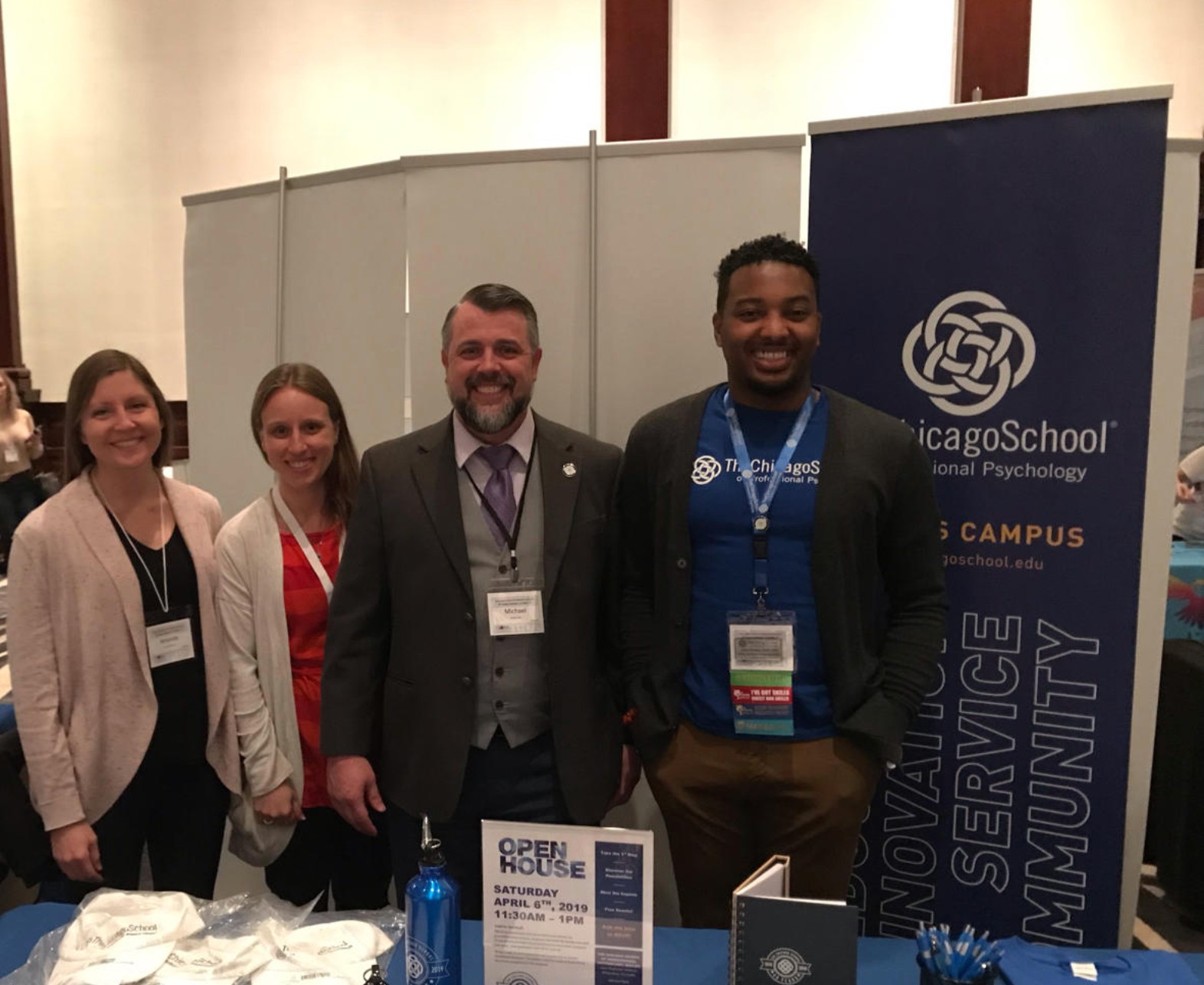
Any advice for growing your clientele? What’s been most effective for you?
I started by canvassing a 50-mile radius around the campus to locate early childhood centers, K-12 school districts providing behavioral services through special education, and private agencies providing behavior analysis services to children and adults with a variety of abilities (e.g., autism centers, hospitals, community centers). Where possible I called to set up a meeting time to chat about industry challenges, pressures, and innovations. Other times I would show up with The Chicago School swag to introduce myself and give my pitch about the program. What often gets the attention of potential clients is the problem solving approach I take to addressing their staffing problems related to skilled employees and retention of those employees. This approach quickly expanded to the entire state of Texas, Oklahoma, Arkansas, and Louisiana to varying degrees. Although a primary goal for my program is to grow our student population, I find it beneficial to create partnerships that address mutual goals. For example, growing an employee base at an autism treatment center means they need registered behavior technicians referred to them, and to retain those registered behavior technicians they need to be trained as behavior analysts. Once trained as a behavior analyst they can generate larger client caseloads and enhance the impact they have on the lives of their clients. In addition, I offer my expertise and years of experience to help them with particularly challenging cases, and they can use our facilities and resources for trainings, review of research protocols to ensure compliance with human rights standards and stay current on the best practices in intervention. A recent partnership resulted in a tuition reduction from The Chicago School, and the remaining tuition covered by the partner agency so that employees essentially go to school for free. However, they must stay employed for the duration of their educational experience and practice as a behavior analyst with the agency for a period of time after graduation. Community service is a value I believe in, from giving back by packing backpacks full of food for food insecure children at food pantries, to cleaning up debris at local parks after one of our Texas storms. Behavior analysts are in high demand and the lucrative partnership creates a rather large group of employees who are well trained and prepared to meet the demands of the service industry. As a result, the Richardson location of The Chicago School is the fastest growing ground-based behavior analysis department outside of the online campus. Each of their employees and our students trained then become brand ambassadors for our program, which supplements marketing revenue devoted to brand awareness.
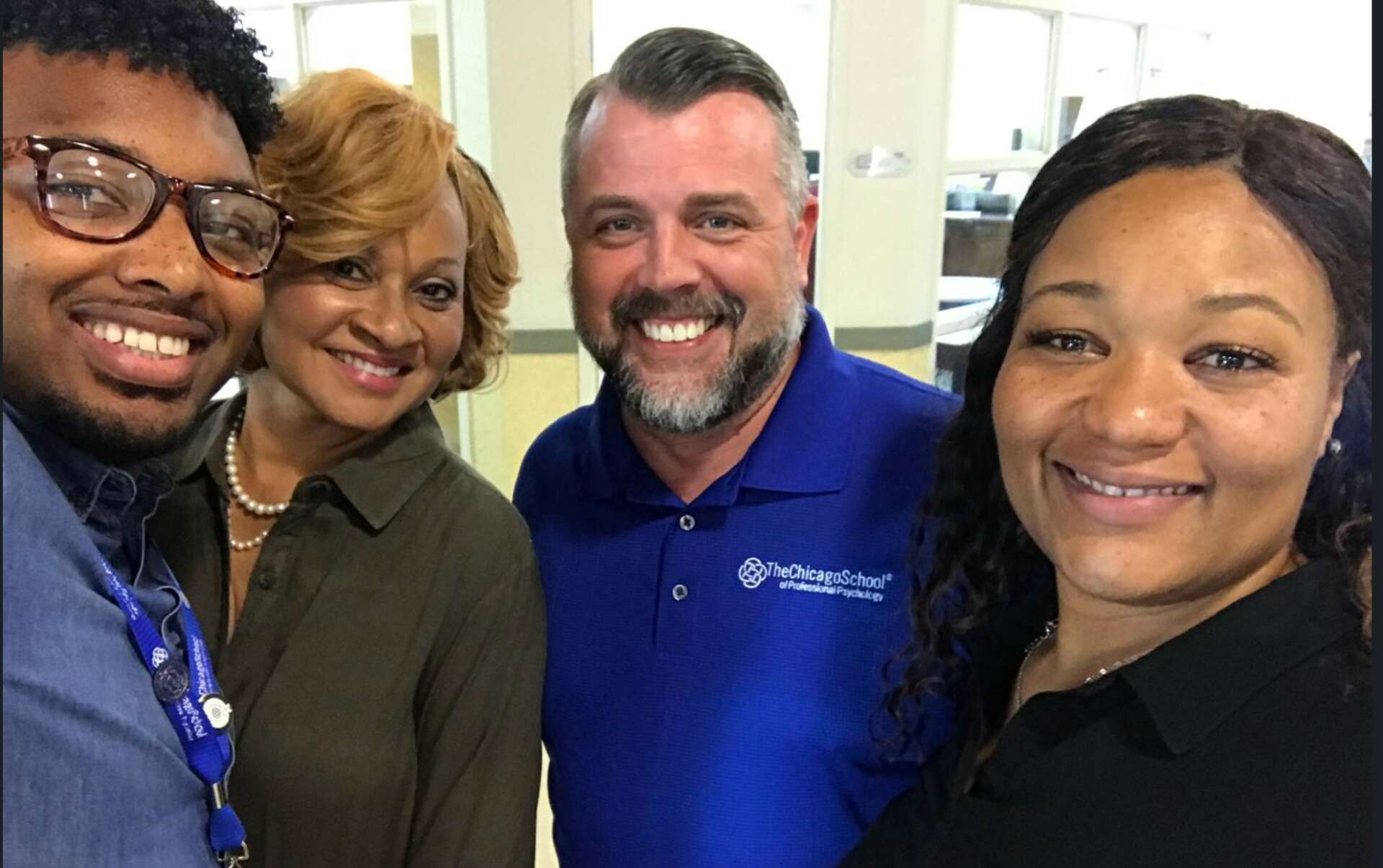

Putting training and knowledge aside, what else do you think really matters in terms of succeeding in your field?
Not all behavior analysts have strong interpersonal skills or an entrepreneurial spirit. Becoming a good brand ambassador, looking for ways to insert educational blurbs into a conversation, and constantly thinking of new ways or innovative approaches to broaden the scope and use of behavior analytic strategies across business, healthcare, and mental health sectors is necessary to develop long-lasting connections with the community. Higher education in general is a changing and competitive industry: Fewer people are going to college, those who do seek very specific skill sets to specialize their work with great value and sense of purpose, many of them are first generation students going above and beyond what any of their family has gone before, and they are looking for the most efficient ways to learn the skills they need to be successful while having the greatest impact on their community. Institutions of higher education that are more flexible and adaptable to meeting these educational needs, especially to a generation native to technology and social media, will have greater success than traditional colleges and universities. An entrepreneurial spirit that looks for advantages and opportunities while leveraging experience and wisdom about ways to disseminate behavior analytic technologies will most certainly help meet the needs of our society from individuals, to corporations, to government agencies.
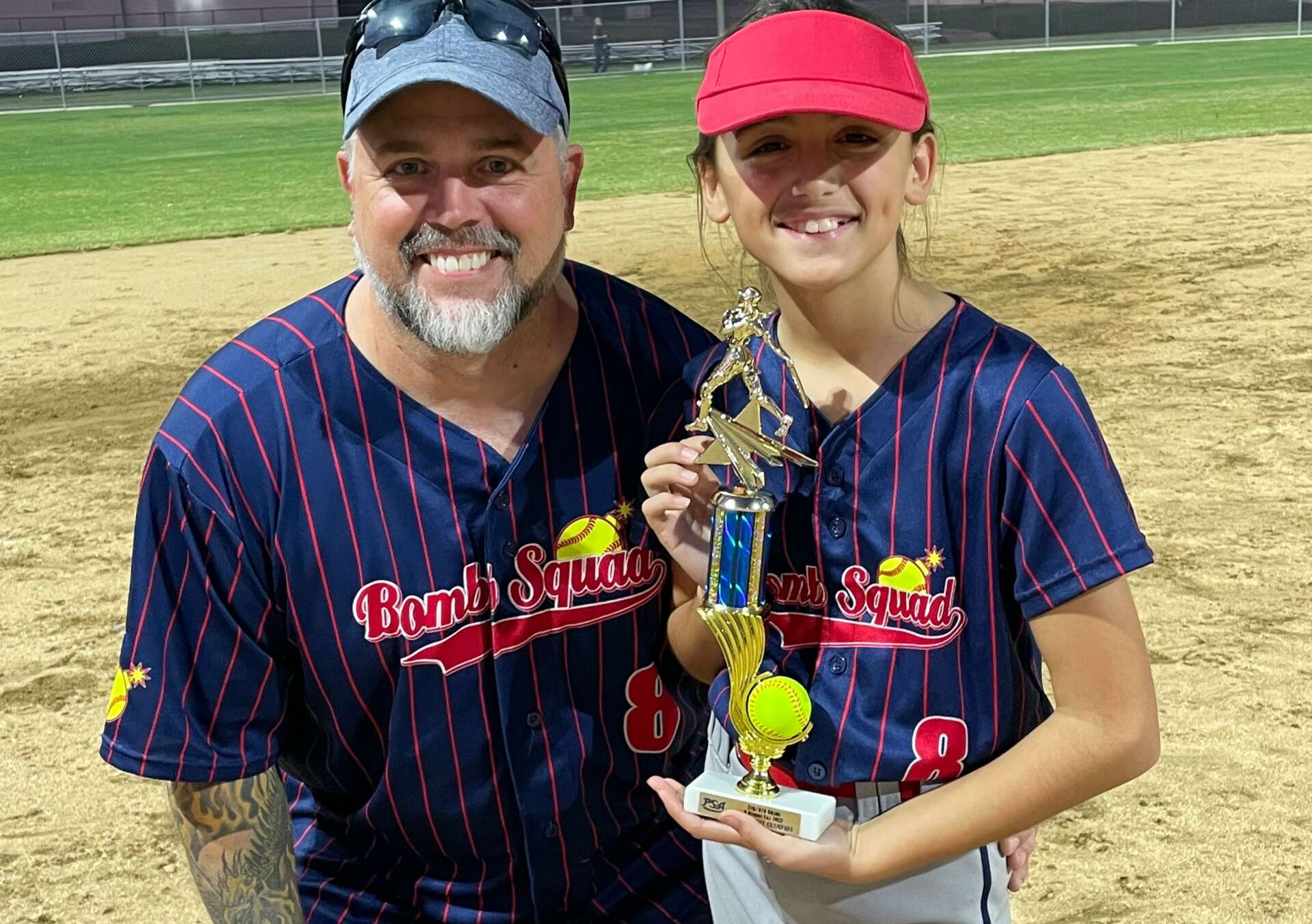

Contact Info:
- Website: https://www.thechicagoschool.edu/learn/dallas-tx/?src=g.search&msclkid=22634864b1a11df19e0f2dccfddc5e23&utm_source=bing&utm_medium=cpc&utm_campaign=TCSPP%20%7C%20Dallas%20%7C%20Brand%20Campaigns&utm_term=the%20chicago%20school%20dallas&utm_content=TCS%20Brand%20Campus
- Facebook: https://www.facebook.com/michael.e.may.5, OR https://www.facebook.com/thechicagoschool
- Linkedin: https://www.linkedin.com/in/michael-e-may-ph-d-bcba-d-lba-a7554a8/
- Youtube: https://www.youtube.com/watch?v=aZq2fG7WH1w, OR https://www.facebook.com/thechicagoschool/videos/669180480812105
Suggest a Story: CanvasRebel is built on recommendations from the community; it’s how we uncover hidden gems, so if you or someone you know deserves recognition please let us know here.


